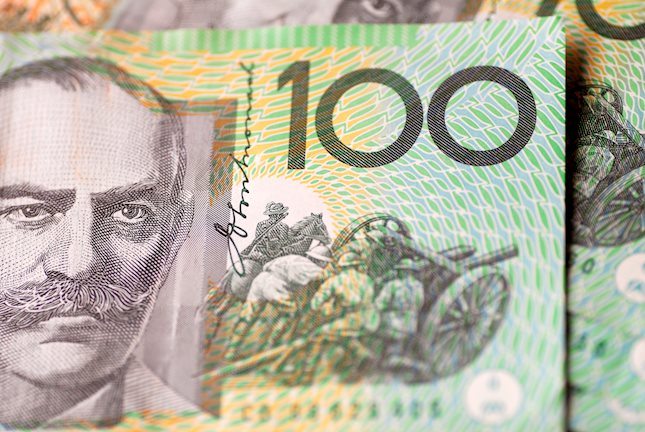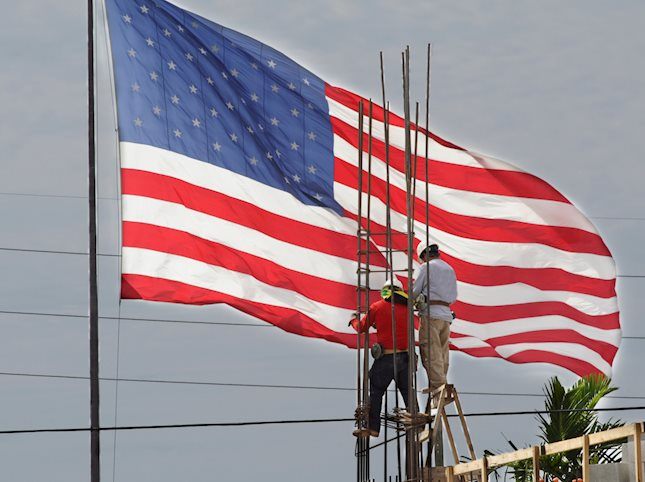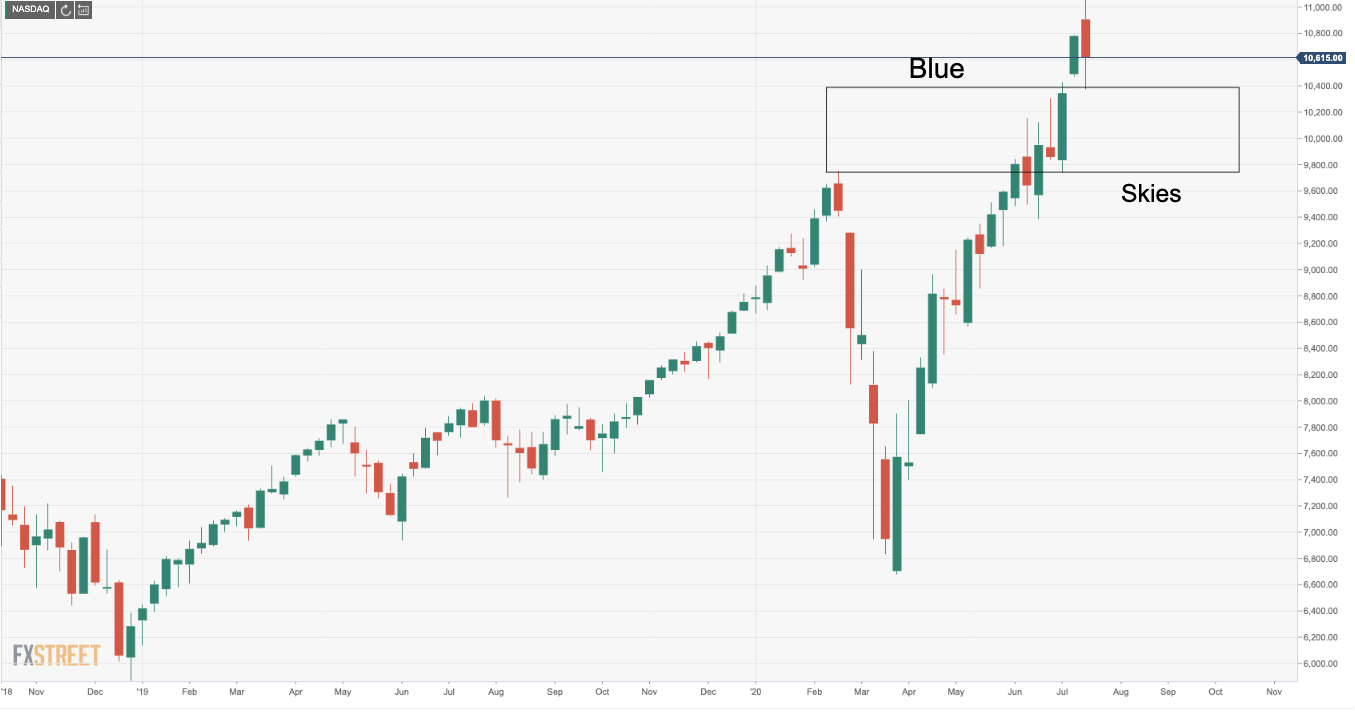- The S&P 500 is at a critical resistance area on the charts, and the week ahead could be the tipping point.
- An exodus from the tech sector this week could give the bulls some needed ammunition to cross the line.
- Once bitten twice shy, bears stand aside trying to stop picking the top until trendline support breaks down.
Last week's S&P 500 forecast focussed on earnings season kicking-off with an emphasis on the banking sector.
For a recap of last week's outlook on the banking sector, bearish, see here:
However, the eventualities in the earnings results and outcomes were quite a mixed bag of tricks, but nevertheless, hugely ominous.
This was leading to Fitch Ratings Negative Sector and Rating Outlooks on various US banks to remain in place for 2020, given the uncertainty of the path and rate of economic recovery due to the pandemic.
Bank's earnings round-up
In a round-up of the bank's earnings last week, Fitch Ratings explained that a number of banks pointed to a murky economic outlook as stimulus programs begin to roll off, with significant earnings headwinds expected for the second half of the year.
We continue to expect a challenging operating environment amid persistently low rates and further credit quality deterioration as the global pandemic weighs on consumer and business sentiment.
For a full read of Fitch Ratings report on the earning last week, see here: US Large Bank 2Q Results Support Negative Sector, Ratings Outlooks.
It does not make for pretty reading when you strip out the profits made from volatility in the capital market's operations:
...while capital markets businesses buoyed overall financial results for the GTUBs,
(the Global Trading and Universal Banks, is a peer group for which Fitch Ratings has comprised of 12 large and globally active banks),
we do not expect this level of outperformance to continue into 2H20.
Such a thesis can be reflected across the regional banking sector indexes, such as the KRE and BKX.
The GMI Crash Pattern
The patterns in these banking indexes are of consolidation, not bottoms. In the above chart, we use the BKX as an example.
The banking sector could be spelling danger ahead.
While we have seen strong technical recoveries elsewhere, particularly in the technology sectors, the banking sector, by comparison, is a rotting carcass which has the GMI Crash Pattern engraved all over it.
The GMI Crash Pattern is one of those patterns seen ahead of waterfall declines.
It is A pattern of a sharp decline followed by a failed rally that does not reach the previous high, or in Elliott Wave terms, the Wave 2 rally. What follows is a collapse.
The week ahead
At this juncture, when looking to the benchmarks, if one were to focus on the NDX alone, which has made all-time highs, then this is not a fair assessment of the stock markets or Mainstreet.
The index is a stand-alone phenomenon and deserves a whole article in itself.
(NASDAQ: NDX)
Blue skies smiling at me, nothing but blue skies do I see. Blue days as of them gone, nothing but blue skies from now on,
- Willie Nelson
In short, however, the NASDAQ is useful for the purpose of this article to illustrate how the market is positioned – bullish on non-indebted asset classes, such as the technology sector (zero debt, massive cash flows, such as Apple (AAPL), Amazon (AMZN), Microsoft (MSFT) cash-cows) that make up the NDX index.
The NDX has significantly outpacing gains on both the S&P 500 and the Dow.
The big question on Wall Street now is whether the tech-heavy index rocket — driven by spectacular stock gains for the above names — launched too fast?
This week ahead should unveil some truths as tech earnings for the April-to-June period kick-off.
IBM (IBM) is due to report results on Monday, followed by Microsoft on Wednesday and Intel (INTC) on Thursday.
The meteoric rise in tech shares could well be subject to correction at this juncture. The argument here is that so long as the economic recovery playbook maintains traction, we could see a spillover into the laggards, the DJIA and S&P 500.
CNN Business cited a survey conducted by Bank of America this month, which showed that "a record 74% of fund managers said that tech stocks are a "crowded" trade, indicating they see the sector as overvalued and may start looking for opportunities elsewhere."
The economic recovery playbook
The economic recovery playbook, however, may have just turned its last page.
There is a growing body of evidence that this is still a bear market rally.
Again, referring back to the bank's earnings last week, comments from the heads of the banking sector should not be taken lightly.
It could get worse before it gets better,
Jamie Dimon of JPMorgan said that unprecedented economic stimulus measures had delayed the effects he’d expect in a “normal recession,” like falling incomes, savings and property prices.
“It’s just very peculiar times,” he was quoted saying to analysts on a conference call.
Others head executives spoke of similar concerns:
“May and June will prove to be the easy bumps in terms of this recovery. And now we’re really hitting the moment of truth, I think, in the months ahead,”
— Jennifer Piepszak, JPMorgan’s C.F.O.
Our view of the length and severity of the economic downturn has deteriorated considerably from the assumptions used last quarter,”
— Charlie Scharf, Wells Fargo’s C.E.O.
I don’t think anybody should leave any bank earnings call this quarter simply feeling like the worst is absolutely behind us and it’s a rosy path ahead,
— Mike Corbat, Citigroup’s C.E.O.
Time will play out, but the US record bankruptcies, subsequent ongoing extreme stresses in the jobs market and the insolvency case are hard to ignore.
Meanwhile, on a relatively dull economic calendar, negotiations on another fiscal package will start.
Rising COVID cases help the case for a total larger than the $1tn being suggested by Rs, who also want legal liability measures.
The deal is likely to include another round of stimulus checks and expanded unemployment benefits (smaller than last time) as well as state & local aid. The president still wants a payroll tax cut,
analysts at TD Securities explained.
S&P 500 trendline support is critical
What triggers do we need to see to go from observationally bearish to actually bearish?
Well, every
paintingchart tells a story...
In the above chart, it illustrates how crucial the trendline support is of the symmetrical triangle formation.
Below the Support-Structure opens the prospects of a waterfall style sell-off towards a prior W-formation support level that could act as the last defence.
However, on the upside, so long as the 2020 trendline support holds up, a buy the dips playbook could be the way to go, especially on a break of drawn resistance and subsequent re-tests and holds above the structure.
Information on these pages contains forward-looking statements that involve risks and uncertainties. Markets and instruments profiled on this page are for informational purposes only and should not in any way come across as a recommendation to buy or sell in these assets. You should do your own thorough research before making any investment decisions. FXStreet does not in any way guarantee that this information is free from mistakes, errors, or material misstatements. It also does not guarantee that this information is of a timely nature. Investing in Open Markets involves a great deal of risk, including the loss of all or a portion of your investment, as well as emotional distress. All risks, losses and costs associated with investing, including total loss of principal, are your responsibility. The views and opinions expressed in this article are those of the authors and do not necessarily reflect the official policy or position of FXStreet nor its advertisers. The author will not be held responsible for information that is found at the end of links posted on this page.
If not otherwise explicitly mentioned in the body of the article, at the time of writing, the author has no position in any stock mentioned in this article and no business relationship with any company mentioned. The author has not received compensation for writing this article, other than from FXStreet.
FXStreet and the author do not provide personalized recommendations. The author makes no representations as to the accuracy, completeness, or suitability of this information. FXStreet and the author will not be liable for any errors, omissions or any losses, injuries or damages arising from this information and its display or use. Errors and omissions excepted.
The author and FXStreet are not registered investment advisors and nothing in this article is intended to be investment advice.
Recommended Content
Editors’ Picks

AUD/USD hangs near multi-year low as traders await US NFP report
AUD/USD consolidates just above its lowest level since October 2022 as traders move to the sidelines ahead of Friday's release of the closely-watched US NFP report. In the meantime, rising bets for an early RBA rate cut, China's economic woes, US-China trade war fears, geopolitical risks and a softer risk tone act as a headwind for the Aussie.

USD/JPY bulls turn cautious near multi-month peak ahead of US NFP
USD/JPY moves little following the release of household spending data from Japan and remains close to a multi-month top amid wavering BoJ rate hike expectations. Furthermore, the recent widening of the US-Japan yield differential, bolstered by the Fed's hawkish shift, undermines the lower-yielding JPY and acts as a tailwind for the currency pair amid a bullish USD.

Gold price consolidates below multi-week top; looks to US NFP for fresh impetus
Gold price enters a bullish consolidation phase below a four-week top touched on Thursday as bulls await the US NFP report before placing fresh bets. In the meantime, geopolitical risks, trade war fears and a weaker risk tone might continue to act as a tailwind for the safe-haven XAU/USD.

Ripple's XRP plunges over 4% following funding rates decline
Ripple's XRP declined 4% on Friday following a decline in its funding rates. The remittance-based token could decline to test the $2.17 support level if the crypto market decline extends.

How to trade NFP, one of the most volatile events Premium
NFP is the acronym for Nonfarm Payrolls, arguably the most important economic data release in the world. The indicator, which provides a comprehensive snapshot of the health of the US labor market, is typically published on the first Friday of each month.

Best Forex Brokers with Low Spreads
VERIFIED Low spreads are crucial for reducing trading costs. Explore top Forex brokers offering competitive spreads and high leverage. Compare options for EUR/USD, GBP/USD, USD/JPY, and Gold.


